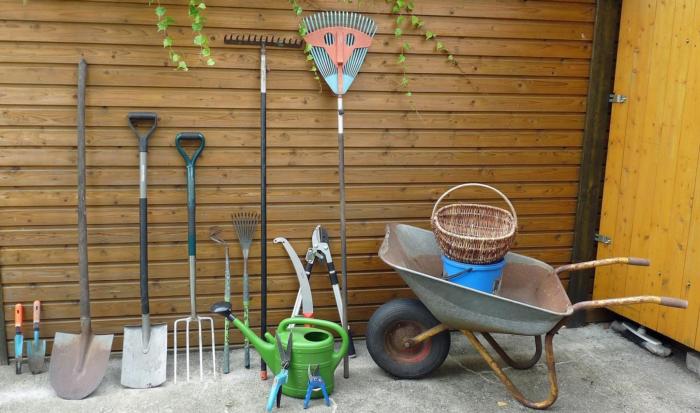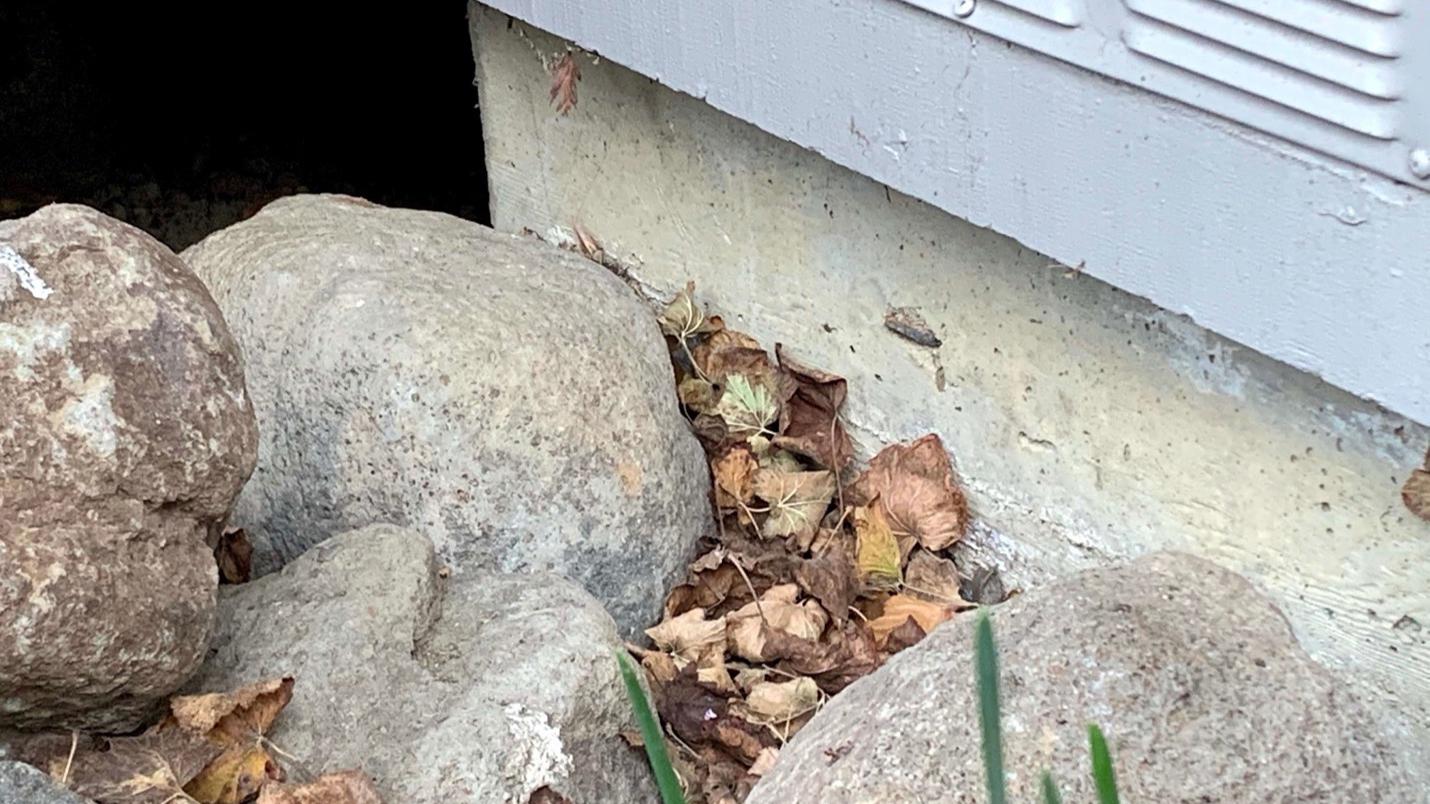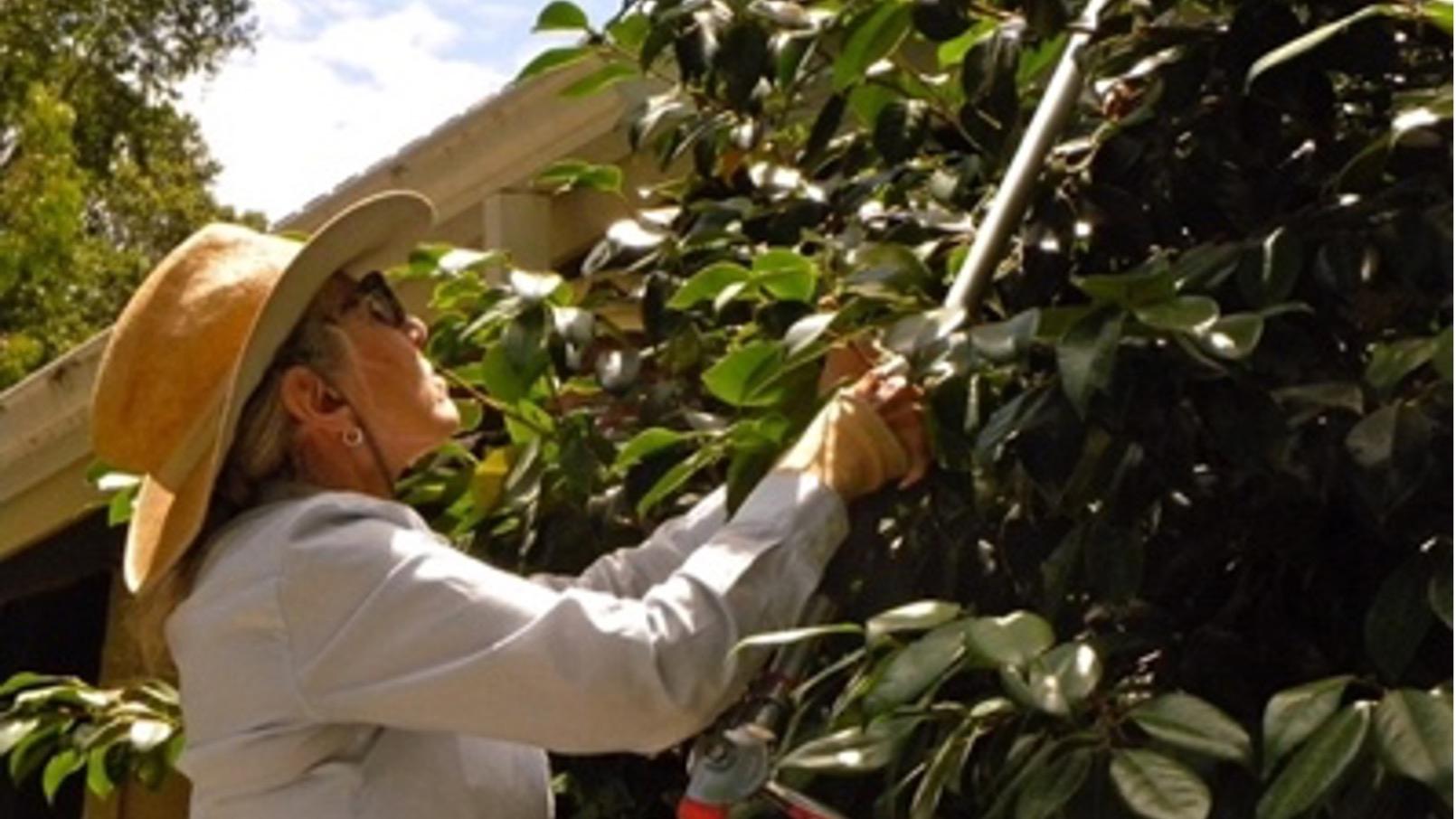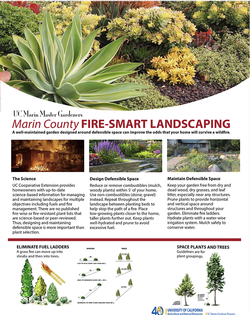Maintenance: Stay on Garden Chores to Boost Fire Resistance

When it comes to creating defensible space, the significance of proper plant and landscape maintenance cannot be overemphasized. Poorly maintained landscapes can easily become fire hazards – regardless of which plants are grown.
The goal of fire-smart maintenance is to reduce fuel while preserving the ecological well-being of the environment. Learn more about Earth-friendly garden care.
> Clean up
> Water/Irrigation
> Mulch
> Prune
CLEAN UP: Don't be fuelish!

Fire starts when oxygen and heat come in contact with fuel. Fuel is anything that burns. Consider all the combustible items surrounding your house: plants, wood piles, propane tanks, plastic trash bins, door mats, garden tools, arbors, trellises, and more.
• Remove dead or dry plants, grass, weeds, trees, and branches.
• Remove dead or dry leaves and pine needles from your yard, roof, and rain gutters.
• Remove and replace struggling plants.
• Make sure all plants are accessible and healthy – especially during fire season.
• Remove combustible debrison and under decks, overhangs, and fences.
• Mow grass before 10 am and not on hot or windy days.
• Use string trimmers (vs. lawnmowers) for clearing vegetation to minimize the risk of creating sparks when metal blades hit a stone.
• Do not accumulate construction materials, recreational equipment, or other debris, including dry grass beneath patio decks or elevated porches.
• Use equipment properly to keep from sparking a wildfire.
• Manage common fire hazards.
WATER: A precious resource – especially when fire looms
Water is a precious resource in our drought-prone climate. Overwatering can encourage quick and excessive plant growth, increasing the fuel load on your property. In addition to adhering to general irrigation guidelines and water conservation efforts, pay attention to these fire-smart irrigation strategies.
• Keep your plants well hydrated. If water availability is restricted, keep high value landscape plants, such as trees, properly hydrated and remove low value plants that are overly stressed, creating fuel in your landscape.
• Keep hoses accessible for firefighters.
• Clearly mark all emergency (and other) water sources.
• Store an extra hose or two with emergency supplies.
• If your water comes from a well, consider purchasing an emergency generator to operate the pump during a power failure.
• Keep your irrigation system in good condition by checking it regularly. Make any necessary repairs before the dry season.
• Do not wet down your property on Red Flag warning days as it depletes the water our fire departments need. Irrigate as normal.
MULCH: What is (and isn’t) fire-smart
Mulch is a layer of material spread on the soil surface. Mulch has many benefits and there are many different types. Unfortunately, mulch can be flammable, and can pose a risk to your home if ignited.
Non-combustible mulch poses no fire risk and may help deflect a fire. This includes rock and gravel.
According to a study:
- Composted wood chips are the least hazardous organic mulch. This is considered the best choice for residential landscapes. Consult your local mulch provider to determine if your mulch is composted. Caution: these wood chips burn primarily through smoldering, which might not be noticed by firefighters during a wildfire. All the other organic mulches demonstrated active flaming combustion.
- The most hazardous mulches are shredded rubber, pine needles, and shredded western red cedar, also known as gorilla hair.
- Important: The thickness of a wood mulch bed, wind speed, and location of the flame and building all impact the potential of mulch to ignite and how quickly fire can spread to the structures on the property.
Mulch guidelines for defensible space zones:
Proper fire-smart use of mulch ties back to the three zones of defensible space:
PRUNE: Cut out the dead (and dried and diseased) wood
Overgrown, diseased, or dead plant material creates excess fuel that can feed the spread of fire. Reduce your risk by keeping plants and trees adequately trimmed and pruned. Learn more about pruning.

Fire-smart pruning checklist:
• Cut back woody, twiggy or overgrown shrubs that accumulate dry material (e.g. lavender).
• Cut back vines and low-growing groundcovers (e.g. ivy) to remove build-up of dry stems and dead leaves.
• Thin and reduce tree canopies to remove twiggy growth, maintain separation between trees, and reduce overall fuel load.
• Remove dead or diseased branches.
• Gently thin and trim back tree canopies to remove twiggy growth and maintain separation between trees.
• Limb up trees 6 to 10 feet from the ground or up to one-third of their height
• Avoid topping trees as this causes excessive branching, is unhealthy for the tree, and results in twiggy growth that can increase the fire hazard.
• Allow adequate space between plants and trees

